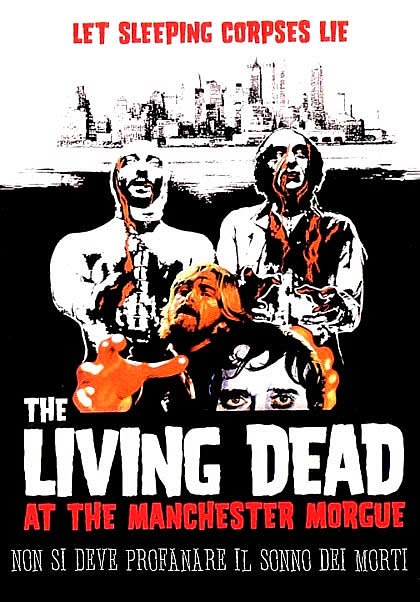The British
Government Video Nasties list is as eclectic and perplexing in its make up
today as it was 30 years ago. While there are some undisputed and famous classics (Evil Dead,
Tenebrae) and some bona fide stinkers (Don't Go Near the Park, Cannibal
Terror), there are also some flawed and fascinating gems, such as Butcher Baker
Nightmare Maker (aka Nightmare Maker, Night Warning, The Evil Protégé). Despite
the flat made-for-TV look, the oppressive atmosphere, transgressive subject
matter and flashes of violence make for compulsive viewing
Orphaned as a
boy, high school basketball star Billy Lynch (Jimmy McNichol) has been raised
by his aunt Cheryl (Susan Tyrell). When Cheryl kills a TV repairman who spurns
her advances, bigoted police detective Joe Carlson (Bo Svenson), tries to frame
Billy, convinced that the killing was the result of a homosexual love triangle
involving Billy's basketball coach. However, Aunt Cheryl has been growing
increasingly enamoured with Billy - and she is not going to let him go without
a fight.
This is a real
stand out both from the Video Nasties list and the slasher film genre more
generally. Even though it has some of the ingredients of the latter (knives,
blood and teenagers), it also has elements of a teenage coming-of-age story,
and hints of Southern Gothic Melodrama. With a few tweaks to the script, toning
down the violence and making the sexual subject matter less explicit, you could
almost imagine Joan Crawford and Montgomery Clift starring in a version of this
story, and certainly Whatever Happened to Baby Jane? and Crawford’s
performance in that has to be one of the influences.
Rather than suspense
or cheap shocks, the focus here is more on the characters. Genre favourite
Svenson plays Detective Carlson as an obnoxious, pig headed, testosterone
filled tower of hate, while Tyrell gives a performance so unhinged and
disturbing that it is sometimes easy to forget that you are watching a
performance.
Against this Billy
is always going make a bit less of an impression as a character, but
interestingly the script focusses more on the torment that he goes through,
both from his harassment at the hands of the law, and harassment at the hands
of his aunt, as well as the normal pressures of teenage life.
Butcher Baker
Nightmare Maker is also unusual for the genre in the fact that it explores
rather than exploits the issue of teenage homosexuality. Granted this is more
based around Billy being wrongly thought of as gay, but the bigotry Carlson represents
is chilling enough, and anyone who has any experience of growing up in the
slightest bit different from the norm in a small town will identify with Billy
and his situation.
Director William
Asher had a day job making TV shows such as Bewitched, and The Dukes of
Hazzard, and it unfortunately shows in the direction that is a bit flat and
pedestrian. That said he does create a suitably oppressive gloomy atmosphere
that matches the oppressive small town life.
Despite being a
lot less gory than other horror films of the time, Butcher Baker Nightmare
Maker still ended up labelled a Video Nasty. I can only assume the government
looked at the subject matter not the film in this case, but perhaps at least
the notoriety has saved it from total obscurity, as
it is an unsettling piece of work and well worth a look.




